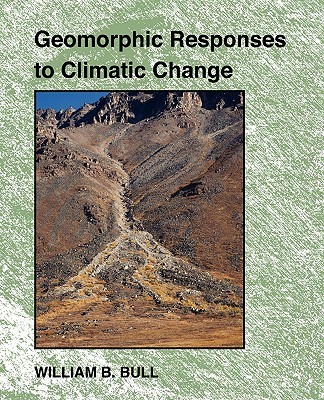
- We will send in 10–14 business days.
- Author: William B Bull
- Publisher: Blackburn Press
- ISBN-10: 1932846212
- ISBN-13: 9781932846218
- Format: 19.1 x 23.5 x 1.8 cm, minkšti viršeliai
- Language: English
- SAVE -10% with code: EXTRA
Reviews
Description
Process-oriented climatic fluvial geomorphology is the focus of Geomorphic Responses to Climate Change. This book, originally published in 1991, develops concepts through discussion of climate-induced changes in fluvial-systems of four field areas' traverse and coastal ranges of California, the southern and basin and range province of North America, Israel and the Sinai Peninsula of Egypt and New Zealand. The book emphasizes the importance of lithography and structure. Vegetation and soil-profile development are key topics in all chapters because they greatly influence erosion and deposition. The basic topics of climate and paleoclimateology, vegetation, soil genesis, and geochronology are discussed in each chapter as essential background and to assess the responses of geomorphic processes to climate change. Descriptions of current climates are compared with paleoclimatic inferences. The book is written primarily for graduate students and professionals; however, it may also be useful as an undergraduate text because the concepts it presents are essential to many types of geomorphic analysis. Dr. Bull is an applied geologist educated at Colorado and Stanford University. He taught geomorphology in the Geosciences Department at the University of Arizona for 28 years. He has spent 12 years studying land subsidence with the Water Resources Division of the U. S. Geological Survey.
EXTRA 10 % discount with code: EXTRA
The promotion ends in 23d.05:08:47
The discount code is valid when purchasing from 10 €. Discounts do not stack.
- Author: William B Bull
- Publisher: Blackburn Press
- ISBN-10: 1932846212
- ISBN-13: 9781932846218
- Format: 19.1 x 23.5 x 1.8 cm, minkšti viršeliai
- Language: English English
Process-oriented climatic fluvial geomorphology is the focus of Geomorphic Responses to Climate Change. This book, originally published in 1991, develops concepts through discussion of climate-induced changes in fluvial-systems of four field areas' traverse and coastal ranges of California, the southern and basin and range province of North America, Israel and the Sinai Peninsula of Egypt and New Zealand. The book emphasizes the importance of lithography and structure. Vegetation and soil-profile development are key topics in all chapters because they greatly influence erosion and deposition. The basic topics of climate and paleoclimateology, vegetation, soil genesis, and geochronology are discussed in each chapter as essential background and to assess the responses of geomorphic processes to climate change. Descriptions of current climates are compared with paleoclimatic inferences. The book is written primarily for graduate students and professionals; however, it may also be useful as an undergraduate text because the concepts it presents are essential to many types of geomorphic analysis. Dr. Bull is an applied geologist educated at Colorado and Stanford University. He taught geomorphology in the Geosciences Department at the University of Arizona for 28 years. He has spent 12 years studying land subsidence with the Water Resources Division of the U. S. Geological Survey.


Reviews